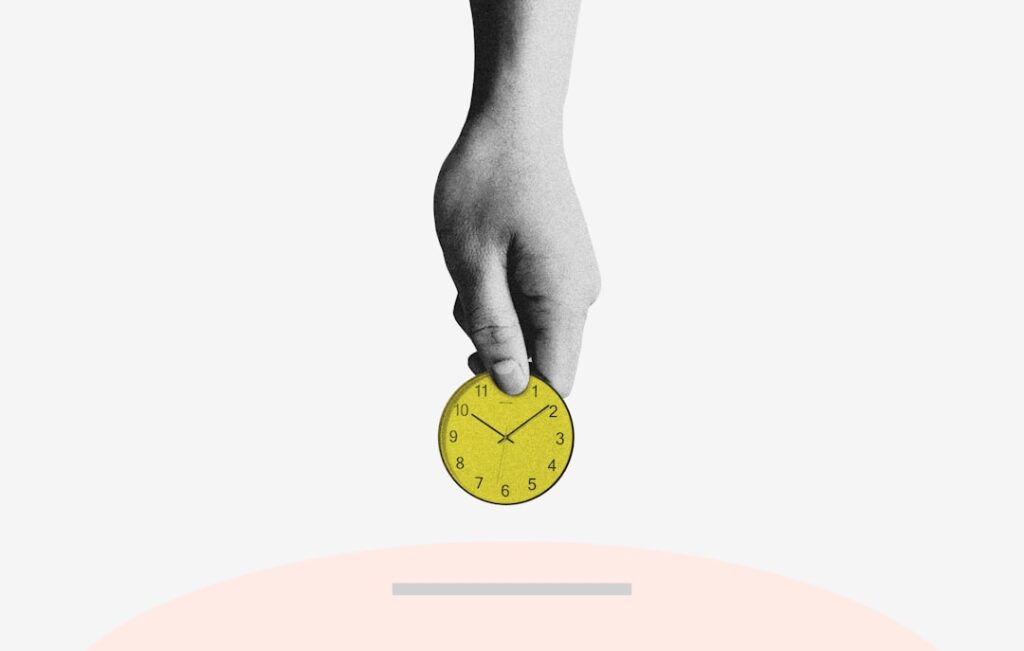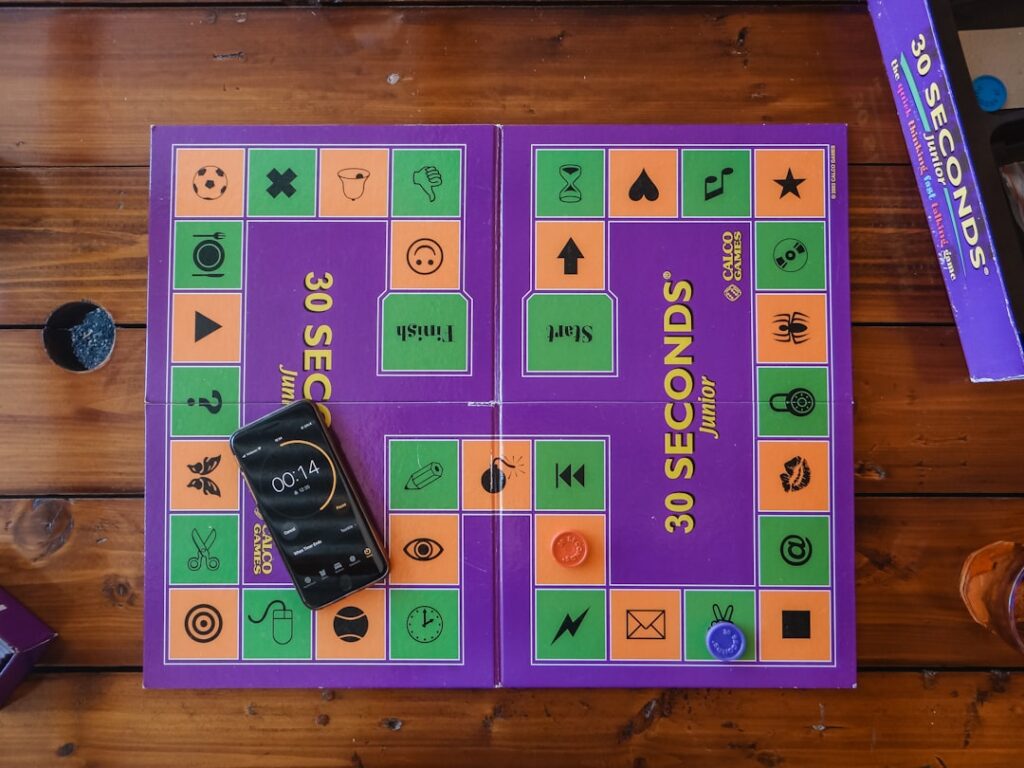Time management is a critical skill for achieving success in personal and professional spheres. An effective strategy for managing time involves creating a daily schedule or to-do list, which enables task prioritization and time allocation, ensuring productivity and goal achievement. Time blocking is another useful technique, where specific time periods are designated for particular tasks or activities.
This method promotes focused work and minimizes multitasking, which can negatively impact productivity. Setting self-imposed deadlines is a powerful time management tool. Establishing specific timeframes for task completion creates a sense of urgency and motivation, helping to combat procrastination and maintain productivity.
Lastly, learning to decline commitments that do not align with one’s priorities is crucial for effective time management. The ability to say no prevents overwhelming oneself with obligations and allows for better focus on essential tasks and goals.
Key Takeaways
- Use the Pomodoro Technique to break work into intervals and take regular breaks for better time management
- Keep a tidy and organized workspace to improve focus and efficiency
- Prioritize tasks using the Eisenhower Matrix to distinguish between urgent and important tasks
- Streamline work processes by automating repetitive tasks and creating standardized procedures
- Utilize technology tools such as project management software and calendar apps to stay organized and productive
- Practice mindfulness and deep breathing exercises to manage stress and improve mental clarity
- Manage personal energy by getting enough sleep, exercising regularly, and taking regular breaks throughout the day
Organization Tips
Declutter Your Workspace
A clutter-free workspace is essential for staying organized. It helps reduce distractions, allowing you to focus on the task at hand. By keeping your workspace clean and organized, you can improve your overall productivity.
Implement a Filing System
Creating a filing system for both physical and digital documents is vital for staying organized. This system enables you to quickly find the documents you need, saving you time and reducing stress. With a filing system in place, you can easily access the information you require, making you more efficient.
Utilize Tools and Establish Routines
Using tools such as calendars, planners, and apps can help you stay organized by keeping track of important dates, deadlines, and tasks. Additionally, establishing daily and weekly routines can help you stay organized by creating consistent habits and structure in your day-to-day life. By incorporating these organization tips into your routine, you can create a more efficient and productive work environment.
Prioritization Strategies

Prioritizing tasks is essential for effective time management and productivity. One strategy for prioritizing is to use the Eisenhower Matrix, which categorizes tasks into four quadrants based on their urgency and importance. This helps you identify which tasks require immediate attention and which can be delegated or postponed.
Another prioritization strategy is to use the ABC method, where you label tasks as A (urgent and important), B (important but not urgent), or C (not important or urgent). This helps you focus on the most critical tasks first and avoid getting bogged down by less important ones. Additionally, it’s important to consider your own energy levels when prioritizing tasks.
By tackling high-energy tasks during your peak times and saving lower-energy tasks for when you have less energy, you can optimize your productivity. Finally, it’s helpful to regularly review and adjust your priorities as needed. Circumstances can change, so being flexible and adaptable with your priorities is crucial for staying on top of your workload.
Streamlining Work Processes
| Process | Efficiency | Time Saved |
|---|---|---|
| Inventory Management | 90% | 2 hours per week |
| Order Processing | 85% | 3 hours per day |
| Communication | 95% | 1 hour per day |
Streamlining work processes can help increase efficiency and productivity. One way to streamline processes is to identify and eliminate any unnecessary steps or redundancies in your workflow. This can help save time and resources, allowing you to focus on the most essential aspects of your work.
Another strategy is to automate repetitive tasks using technology tools or software. This can help reduce the time and effort required for these tasks, freeing up more time for higher-value work. Additionally, creating standardized procedures and templates for common tasks can help streamline work processes by providing a consistent framework for completing them.
This can help reduce errors and ensure that tasks are completed efficiently. Finally, seeking feedback from colleagues or team members can provide valuable insights into how work processes can be improved. By continuously seeking ways to streamline work processes, you can optimize productivity and achieve better results.
Technology Tools for Productivity
Technology tools can be powerful assets for increasing productivity. One useful tool is project management software, which can help organize tasks, track progress, and collaborate with team members. This can help streamline workflows and ensure that everyone is on the same page.
Another technology tool for productivity is time tracking software, which can help you monitor how you spend your time and identify areas for improvement. Additionally, communication tools such as email, instant messaging, and video conferencing can help facilitate collaboration and keep teams connected, especially in remote work environments. These tools can help streamline communication and ensure that everyone stays informed and engaged.
Finally, cloud storage and file sharing platforms can help make documents and resources easily accessible from anywhere, allowing for greater flexibility and efficiency in working.
Stress Management Methods

Practicing Mindfulness and Relaxation Techniques
One effective stress management method is to practice mindfulness and relaxation techniques such as meditation, deep breathing exercises, or yoga. These practices can help reduce stress levels and improve focus and clarity of mind.
Establishing Boundaries and Engaging in Physical Activity
Another method is to establish boundaries between work and personal life, ensuring that you have time for rest and relaxation outside of work. Additionally, regular physical activity can be an effective stress management method by releasing endorphins and reducing tension in the body. Taking breaks throughout the day to stretch, walk, or engage in other physical activities can help refresh your mind and reduce stress.
Seeking Support and Emotional Relief
Finally, seeking support from friends, family, or colleagues can provide emotional relief and perspective when dealing with stress. By incorporating these stress management methods into your routine, you can better cope with the demands of work and life.
Personal Energy Management Techniques
Managing personal energy levels is crucial for sustaining productivity and avoiding burnout. One technique for managing energy is to prioritize self-care by getting enough sleep, eating well, and engaging in activities that bring joy and relaxation. Taking care of your physical health can help sustain energy levels throughout the day.
Another energy management technique is to establish boundaries around your time and energy by learning to say no to excessive commitments or requests that drain your energy. This allows you to focus on what truly matters and conserve your energy for meaningful tasks. Additionally, practicing time management techniques such as taking regular breaks, setting realistic goals, and avoiding multitasking can help preserve energy levels and prevent exhaustion.
Finally, it’s important to regularly assess your energy levels and adjust your workload accordingly. By recognizing when you’re feeling drained or overwhelmed, you can take steps to recharge and regain balance in your energy levels. By implementing these personal energy management techniques, you can sustain productivity while maintaining overall well-being.
If you’re looking for some stylish and practical accessories to help boost your productivity, check out the Handmade Bag Shop. They offer a variety of handcrafted bags and organizers that are perfect for keeping all your essentials in one place. Whether you need a new laptop bag, a sleek tote for your daily commute, or a versatile backpack for travel, Handmade Bag Shop has you covered. Their products are not only functional but also beautifully designed, making them a great addition to your productivity arsenal. Check out their collection here.
FAQs
What are productivity hacks?
Productivity hacks are strategies, techniques, or tips that individuals use to improve their efficiency and output in their personal or professional lives.
Why are productivity hacks important?
Productivity hacks are important because they help individuals manage their time, energy, and resources more effectively, leading to increased productivity and better work-life balance.
What are some common productivity hacks?
Common productivity hacks include time blocking, prioritizing tasks, setting specific goals, minimizing distractions, taking regular breaks, and using productivity tools and apps.
How can productivity hacks benefit individuals?
Productivity hacks can benefit individuals by helping them accomplish more in less time, reduce stress and overwhelm, and improve their overall performance and satisfaction in their personal and professional lives.
Are productivity hacks suitable for everyone?
Productivity hacks can be beneficial for most individuals, but the effectiveness of specific hacks may vary depending on personal preferences, work styles, and individual circumstances. It’s important to experiment and find the productivity hacks that work best for each individual.






